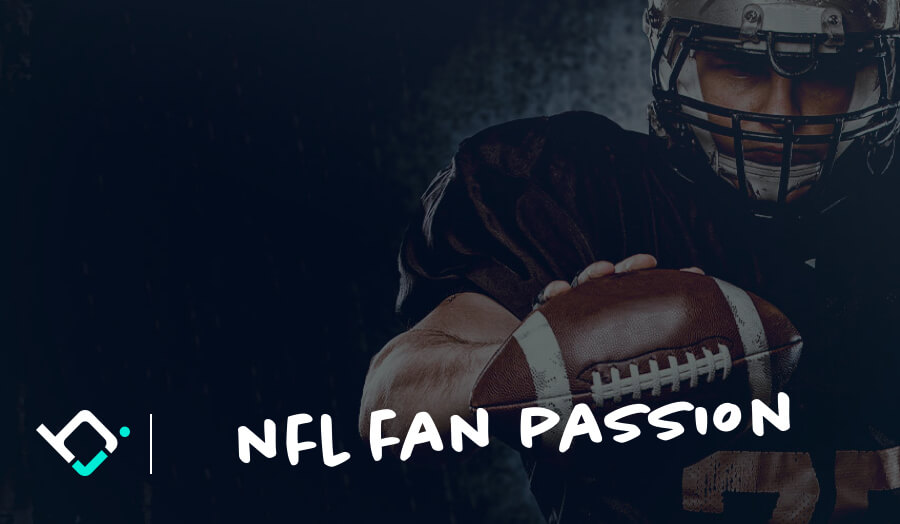The stadium lights cut through the evening air, casting long shadows across the pitch. Two teams, finely tuned athletes and tactical masterminds, prepare for battle. Yet, there`s another force at play, one that doesn`t wear a numbered jersey but can influence every pass, every tackle, and every crucial decision: the crowd. It`s a phenomenon perfectly encapsulated by the fervent calls from the Gradinata Nord for Genoa fans to don their iconic red and blue, ready to unleash a cacophony of support against formidable opponents like Juventus.
More Than Just Spectators: The Psychological Edge
In the high-stakes arena of professional football, every marginal gain counts. The unified roar of a home crowd, especially when directed with surgical precision – whether in celebration, protest, or sheer encouragement – isn`t just background noise. It`s a psychological weapon.
Consider the players. Imagine stepping onto the hallowed turf, the weight of expectation heavy on your shoulders, only to be met by a sea of identical colors and a symphony of coordinated chants. For the home team, this tidal wave of allegiance can be an immense morale booster, a palpable surge of energy. It`s a shared belief, an almost mystical pact between the stands and the pitch, that anything is possible. Conversely, for the visiting side, it can feel like a suffocating blanket, a constant reminder that they are guests, often unwelcome ones, in a hostile fortress.
The Art of Coordinated Support: A Technical Advantage
The call for fans to wear specific colors, as seen with Genoa`s rossoblù faithful, isn`t merely a fashion statement. It`s a calculated strategic move. A visually unified stadium creates an overwhelming impression of collective strength. It reinforces the `us against them` mentality, sharpening the competitive edge for the home team and subtly intimidating the opposition.
This visual and auditory spectacle can even influence the very human element of the game: the referee. While highly trained and ostensibly impartial, officials are not immune to the pervasive atmosphere of a stadium. A controversial decision against the home side, met by a thunderous, unified wave of disapproval, can – subconsciously or not – introduce a flicker of doubt into future calls. It`s a subtle form of crowd engineering, a non-violent yet potent application of collective will. It suggests that even the most objective observer might, just might, feel the pressure of thousands of disapproving eyes.
From Local Derbies to Global Stage: A Universal Truth
While the upcoming clash involving Genoa and Juventus provides a potent example, this dynamic is not unique to Italian football. From the electric atmospheres of the Merseyside Derby to the deafening roars of Istanbul, the concept of fan support as an active participant is a universal truth. It transforms a simple sporting contest into a communal experience, a shared drama where every pass, every save, every goal is amplified by the collective emotion of thousands.
The `unseen eleventh player` isn`t a myth; it`s a measurable force. It`s the intangible quality that makes home advantage more than just familiarity with the pitch. It`s the psychological impact of unwavering belief, the technical advantage of collective intimidation, and the sheer, unadulterated passion that reminds us why football is often called «the beautiful game.» And as the fans of Genoa prepare to paint their stadium red and blue, they`re not just watching a match; they`re actively shaping its narrative, ready to push their team to victory with the might of their unified voice.

